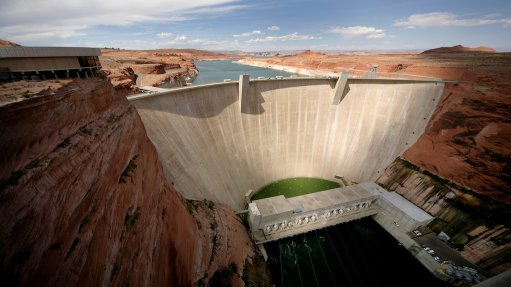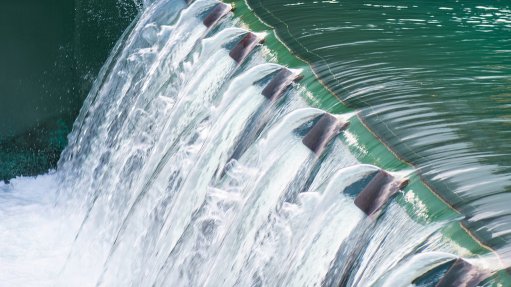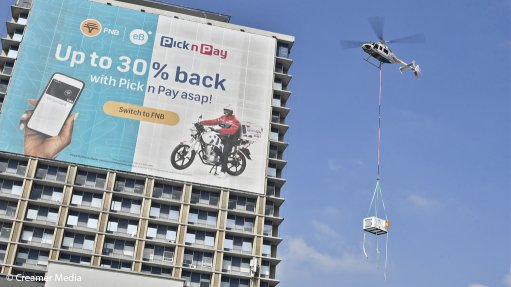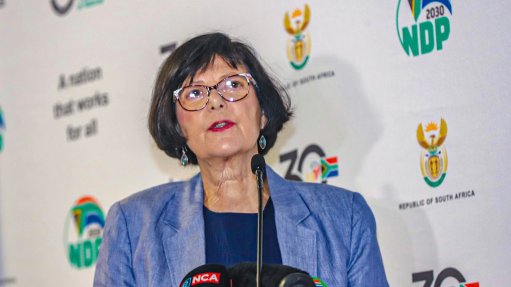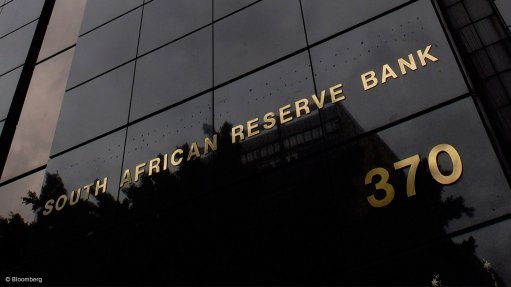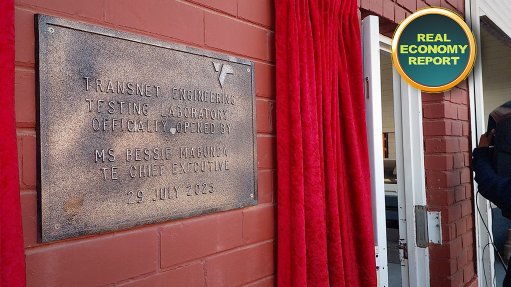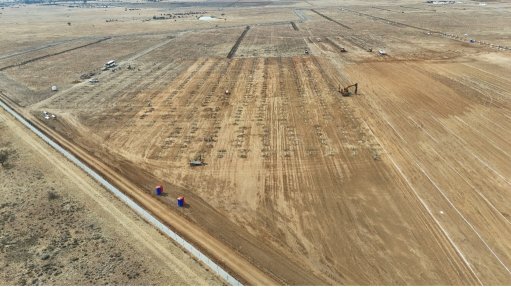Proper dredging, correct dredge depths critical

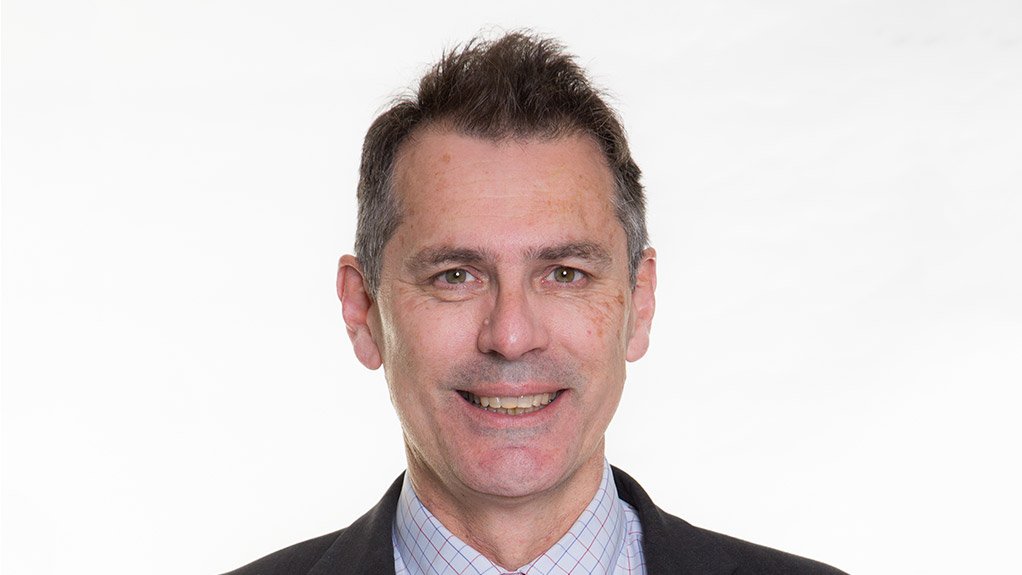

ANDREW ROBINSON Dredging is a continuous process as channels and quaysides must be dredged constantly so that vessels can get in and out of harbours
MATTHEW THORNTON-DIBB Ongoing maintenance dredging does not have much effect on the environment
It is imperative that harbours are properly dredged and channels are kept open to facilitate smooth port operations, says global law firm Norton Rose Fulbright director and transport head Andrew Robinson.
“Dredging is a much more complicated process than many people realise and the fact that a great deal of work is involved in the proper dredging of certain harbours is taken for granted.”
He adds that dredging is a continuous process as channels and quaysides must be dredged constantly so that vessels can get in and out of harbours. Harbours – such as the Richards Bay and Durban harbours – that are fed by rivers especially need to be dredged.
Robinson emphasises that, if ports are not dredged properly, channels become silted up, which causes the space next to the quayside to fill up. “In these harbours [fed by rivers] silting-up is a constant problem and dredging is a . . . 24/7 process.”
He notes that companies plan their shipments on the basis of the capacity of the ships that enter the ports, and they want to be able to discharge and load cargo safely.
Harbours need to provide accurate dredge depths, he asserts: “If dredge depths are not reflected correctly, vessels can be damaged and legal action can be taken.”
Shipments involve a contract that engages a shipowner with a cargo owner and this contract states that the shipowner is only obliged to send a ship to a port that is safe. The cargo owner who has chartered a vessel, is under an obligation to ensure that it does not order a ship to go to a port that is unsafe, Robinson explains. Many disputes, can, therefore arise from dredge depths that are inaccurate.
Robinson says that harbours that are known for being unsafe, may be shunned by shipowners who do not want to take the risk of letting their ships dock at such ports.
“Ports survive through cargo crossing the quayside, so they can’t afford ships to bypass them . . . the bigger the ships coming in and the more cargo loaded means that more cargo is crossing the quayside, which means they earn more revenue. “Therefore, it is critical that ports ensure that its depths are correct and well advertised.”
Environmental Effects
Ongoing maintenance dredging does not have much effect on the environment, but when dredging is required for expansion projects or greenfield developments, the natural ecological sensitivity of the area that will be dredged is taken into consideration, says Norton Rose Fulbright environmental department senior associate Matthew Thornton-Dibb.
He explains that ongoing maintenance dredging has minimal environmental impacts because the area being dredged is “already very transformed and usually does not have any ecological significance at all . . . To a certain extent, where you are looking to expand a pre-existing port, the dredging would have a fairly minimal impact on the environment, although the actual ecological situation would need to be assessed”.
If the development footprint of an existing port is to be increased, an environmental-impact assessment must be undertaken, as required by the National Environmental Management Act.
“The process involves appointing independent experts to undertake a full ecological assessment of the potential impacts of the dredging and holding a process of public participation. Thereafter, the regulator – Department of Environmental Affairs – will make a decision on whether the authorisation is issued . . .”
In terms of a greenfield development, dredging could have a fairly significant impact on the environment, which would need to be assessed to understand the possible impacts, Thornton-Dibb concludes.
Comments
Announcements
What's On
Subscribe to improve your user experience...
Option 1 (equivalent of R125 a month):
Receive a weekly copy of Creamer Media's Engineering News & Mining Weekly magazine
(print copy for those in South Africa and e-magazine for those outside of South Africa)
Receive daily email newsletters
Access to full search results
Access archive of magazine back copies
Access to Projects in Progress
Access to ONE Research Report of your choice in PDF format
Option 2 (equivalent of R375 a month):
All benefits from Option 1
PLUS
Access to Creamer Media's Research Channel Africa for ALL Research Reports, in PDF format, on various industrial and mining sectors
including Electricity; Water; Energy Transition; Hydrogen; Roads, Rail and Ports; Coal; Gold; Platinum; Battery Metals; etc.
Already a subscriber?
Forgotten your password?
Receive weekly copy of Creamer Media's Engineering News & Mining Weekly magazine (print copy for those in South Africa and e-magazine for those outside of South Africa)
➕
Recieve daily email newsletters
➕
Access to full search results
➕
Access archive of magazine back copies
➕
Access to Projects in Progress
➕
Access to ONE Research Report of your choice in PDF format
RESEARCH CHANNEL AFRICA
R4500 (equivalent of R375 a month)
SUBSCRIBEAll benefits from Option 1
➕
Access to Creamer Media's Research Channel Africa for ALL Research Reports on various industrial and mining sectors, in PDF format, including on:
Electricity
➕
Water
➕
Energy Transition
➕
Hydrogen
➕
Roads, Rail and Ports
➕
Coal
➕
Gold
➕
Platinum
➕
Battery Metals
➕
etc.
Receive all benefits from Option 1 or Option 2 delivered to numerous people at your company
➕
Multiple User names and Passwords for simultaneous log-ins
➕
Intranet integration access to all in your organisation







